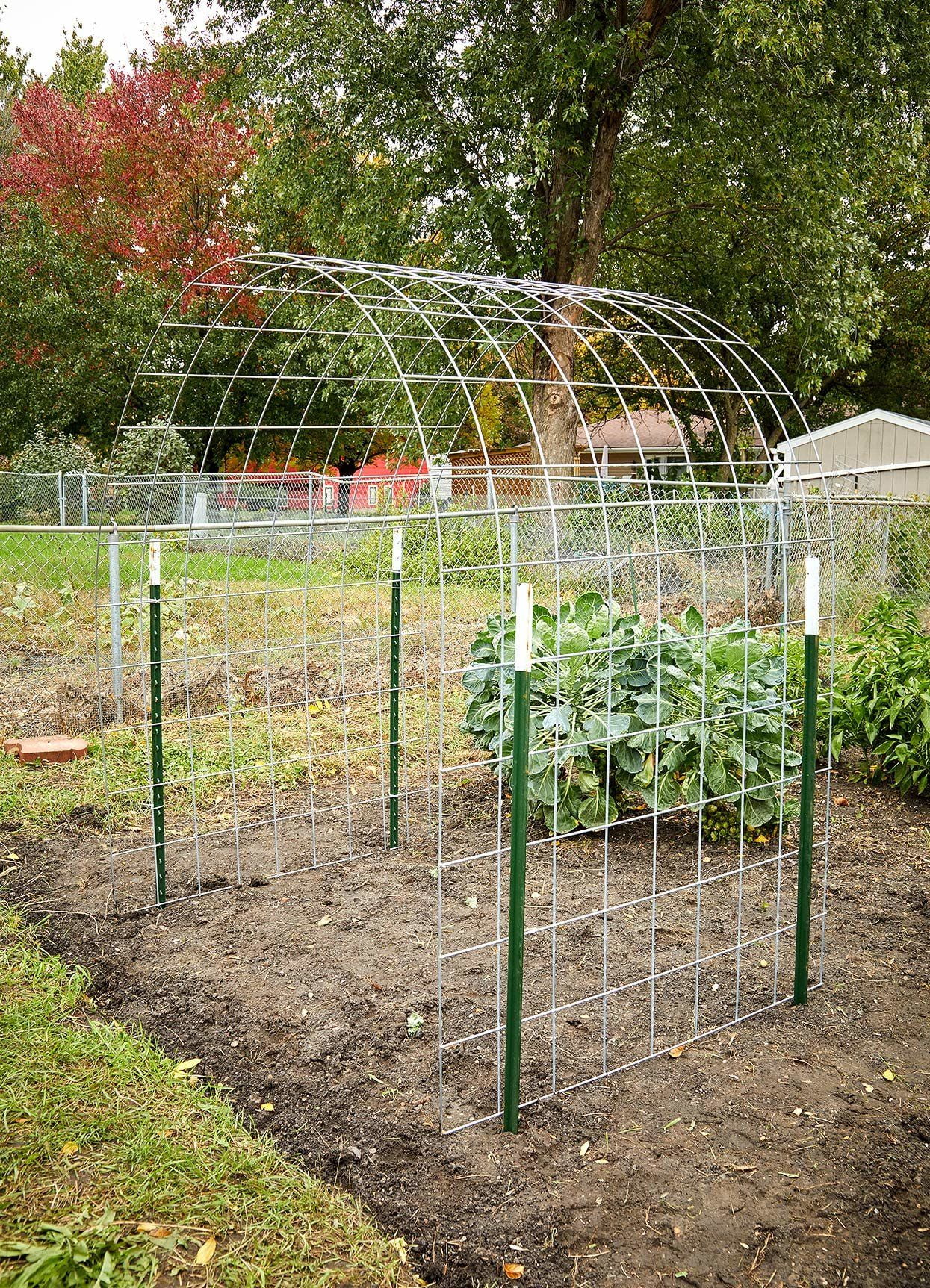Are you looking for landscape website ideas to enhance the online presence of your landscaping business or personal portfolio? In today’s digital age, having a visually appealing website is crucial for attracting and engaging visitors.
A well-designed landscape website can showcase your services, projects, and expertise while creating a captivating visual experience for potential clients. In this article, we will explore the importance of having a visually appealing landscape website for businesses and individuals, and provide valuable tips for creating an impressive online presence.
When it comes to landscape websites, choosing the right color palette is essential in evoking specific emotions and creating a cohesive visual experience for visitors. We will discuss the significance of selecting the right colors to reflect your brand identity and create an inviting atmosphere.
Additionally, incorporating stunning photography is key to captivating visitors and showcasing your landscaping projects. We will highlight the impact of high-quality landscape photography on a website and provide tips for capturing and selecting the best images to attract potential clients.
In addition to colors and images, implementing user-friendly navigation is crucial for ensuring a smooth and intuitive user experience. We will explore effective ways to enhance navigation on your landscape website, as well as the necessity of responsive design to ensure that your website looks great on all devices, including mobile phones and tablets.
Furthermore, we will delve into the benefits of integrating interactive elements such as virtual tours, interactive maps, and before-and-after sliders to engage visitors and showcase your work effectively. Join us in exploring these essential landscape website ideas to elevate your online presence.
Choosing the Right Color Palette
When selecting colors for a landscape website, it’s essential to consider the target audience and the message that the business or individual wants to convey. For example, if the goal is to promote a serene and calming outdoor space, using shades of blue and green may be effective. On the other hand, for a more vibrant and energetic landscaping service, warmer tones like orange and red could be more appropriate.
In addition to evoking emotions, choosing the right color palette also plays a role in brand identity. Consistent use of colors across the website can help reinforce brand recognition and create a memorable user experience. When designing the website, it’s important to maintain consistency in color choices throughout various elements such as buttons, links, headers, and backgrounds.
| Colors | Emotions Evoked |
|---|---|
| Green | Nature, Growth |
| Blue | Tranquility, Trust |
| Orange/Red | Excitement, Energy |
Incorporating Stunning Photography
Incorporating visually stunning and high-quality photography is crucial for a landscape website to make a lasting impression on visitors. When it comes to landscaping, photographs have the power to showcase the beauty of outdoor spaces, highlight the craftsmanship of completed projects, and evoke emotions that connect with potential clients.
Selecting the right images can make all the difference in creating an engaging and immersive experience for website visitors. High-quality photography on a landscape website can effectively communicate the quality of work and services offered by a landscaping business or individual.
When capturing images for a landscape website, it’s important to focus on composition, lighting, and angles. Images should be well-composed, with attention to elements such as leading lines, framing, and depth of field. Lighting plays a crucial role in photography, especially when showcasing outdoor landscapes.
Golden hour lighting (shortly after sunrise or before sunset) often provides warm and soft light that can enhance the beauty of landscapes. When photographing completed landscaping projects or outdoor spaces, capturing different angles can provide a comprehensive view of the area. This variety of perspectives can include aerial shots using drones to show an overview of expansive landscapes or close-ups to highlight intricate details of gardens and hardscapes.
Selecting the best images for a landscape website involves curating a collection that showcases diversity while maintaining consistency in style and quality. It’s important to choose images that accurately represent the expertise and aesthetic standards of the landscaping business or individual.
Including both wide shots that capture entire landscapes and close-up shots that emphasize specific details can create visually impactful galleries on a website. Emphasizing natural elements such as vibrant flowers, lush greenery, water features, stonework, or wooden structures helps convey authenticity and skill within the landscaping industry.
| Photography Tips | Impression on Visitors |
|---|---|
| Capture different angles for diversity in images | Creates an immersive experience for website visitors |
| Focus on lighting at golden hour | Enhances the beauty of outdoor landscapes |
| Showcase diversity while maintaining consistency | Represents expertise within landscaping industry |
Utilizing Responsive Design
Why Responsive Design Matters
In today’s digital age, more and more people are using their mobile phones and tablets to access websites. This makes it crucial for landscape businesses and individuals to have a responsive design for their websites. A responsive design ensures that the website looks great and functions properly on all devices, providing an optimal user experience regardless of the screen size.
Tips for Implementing Responsive Design
When creating a landscape website, it’s essential to prioritize responsive design. One way to do this is by utilizing fluid grids and flexible images that can adapt to different screen sizes. Additionally, using CSS media queries can help apply different styles based on the device’s characteristics. It’s also important to test the website across various devices to ensure that it displays and functions correctly.
The Impact on User Experience
Having a responsive design not only ensures that your landscape website looks great on all devices but also significantly improves the overall user experience. Visitors will appreciate being able to easily navigate through your website, view project galleries, and learn about your services without encountering any issues related to screen size or device compatibility. By prioritizing responsive design, you can effectively engage visitors and provide them with a positive interaction with your landscape website.
By incorporating responsive design into your landscape website, you can attract more visitors, keep them engaged, and ultimately drive business growth. Taking the time to ensure your website is optimized for all devices will set you apart in the competitive online landscape space.
Showcasing Services and Projects
When it comes to showcasing landscaping services and projects through a website, incorporating portfolio galleries and case studies can be a powerful way to demonstrate expertise and quality of work. Here are some effective ways to make the most out of these features:
1. Create a Portfolio Gallery: One of the best ways to showcase landscaping services is through a visually appealing portfolio gallery. Utilize high-resolution images and organize them in categories such as residential landscaping, commercial projects, hardscaping, and plant installations. This allows visitors to easily browse through the different types of work you have done.
2. Include Case Studies: Case studies provide an in-depth look at specific projects, allowing visitors to understand the challenges faced and the solutions provided by your landscaping company. Each case study should include a detailed description, before-and-after photos, client testimonials, and any awards or recognition received for the project.
3. Highlight Specializations: If your landscaping company specializes in certain areas such as sustainable landscapes, rooftop gardens, or water conservation projects, make sure to highlight these specializations within your portfolio galleries and case studies. This helps potential clients understand your expertise in specific areas.
Incorporating portfolio galleries and case studies into your landscape website not only showcases your work but also builds credibility and trust among potential clients who are seeking professional landscaping services.
By creating an engaging user experience with visually appealing content, you can effectively demonstrate the quality of your work and attract new clients to your landscaping business or individual services. When designing your website with these features in mind, be sure to keep usability and navigation in mind for an overall positive experience for visitors searching for landscape website ideas.
Implementing User-Friendly Navigation
When it comes to creating a successful landscape website, implementing user-friendly navigation is crucial for providing a smooth and intuitive user experience. Visitors to your website should be able to easily find the information they are looking for without any hassle. This section will explore the importance of easy navigation and provide tips for creating a seamless user experience.
The Importance of Easy Navigation
Easy navigation is essential for keeping visitors engaged and preventing them from getting frustrated and leaving the website. A well-organized menu structure, clear call-to-action buttons, and intuitive site architecture are all key components of easy navigation. Visitors should be able to move through the website effortlessly, finding what they need with minimal effort.
Tips for Creating a Smooth and Intuitive User Experience
One tip for creating a smooth user experience is to ensure that the website’s main menu is simple and straightforward. Avoid overwhelming visitors with too many options, and instead prioritize the most important pages or sections.
Additionally, incorporating a search bar can help users quickly find specific information without having to navigate through multiple pages. Another tip is to utilize breadcrumbs, which show users their path back to the homepage and help them understand where they are within the site’s hierarchy.
Overall, easy navigation plays a significant role in enhancing the overall user experience of a landscape website. By following these tips and prioritizing intuitive design, businesses and individuals can ensure that visitors have a positive interaction with their website, leading to increased engagement and potential conversions.
Integrating Interactive Elements
In today’s digital age, a visually appealing landscape website is crucial for businesses and individuals in the landscaping industry. In addition to having stunning photography, responsive design, user-friendly navigation, and effective SEO strategies, incorporating interactive elements can further enhance the website experience for visitors. By integrating features such as virtual tours, interactive maps, and before-and-after sliders, landscaping websites can engage users in a dynamic and interactive way.
Key benefits of incorporating interactive elements on a landscape website include:
- Virtual Tours: Giving visitors the opportunity to take a virtual tour of a landscaped garden or outdoor space can provide them with an immersive experience. By allowing them to navigate through different areas and view the landscaping work from various angles, virtual tours can showcase the beauty and functionality of the landscape designs.
- Interactive Maps: Including an interactive map on a landscape website can help users visualize the location of different projects or services offered. This feature can also provide directions to potential clients who may want to visit a physical location.
- Before-and-After Sliders: Showcasing before-and-after images using interactive sliders can vividly demonstrate the transformative power of landscaping. This feature allows website visitors to see the visual impact of different landscaping projects by sliding between the “before” and “after” photographs.
By implementing these interactive elements into their websites, landscapers and businesses in the industry can create a captivating online experience for their audience and effectively showcase their work.
SEO Strategies for Landscape Websites
In conclusion, having a visually appealing landscape website is crucial for businesses and individuals in the landscaping industry. From choosing the right color palette to showcasing services and projects, each aspect plays a significant role in creating an engaging and effective online presence. By incorporating stunning photography, responsive design, user-friendly navigation, interactive elements, and implementing SEO strategies, a landscape website can stand out from the competition and attract more potential clients.
One of the key considerations for landscape website ideas is the implementation of search engine optimization (SEO) strategies. Optimizing content and images is essential for improving search engine rankings and increasing visibility online. By utilizing relevant keywords, meta tags, and quality backlinks, a landscape website can improve its chances of being found by potential customers who are actively searching for landscaping services online.
Furthermore, integrating interactive elements such as virtual tours, interactive maps, and before-and-after sliders can help engage visitors and provide them with an immersive experience on the website. This not only showcases the expertise of the landscaping business but also allows potential clients to visualize the possibilities for their own outdoor spaces.
Overall, by focusing on all these aspects, businesses and individuals in the landscape industry can create a website that not only looks stunning but also effectively drives leads and conversions.
Frequently Asked Questions
What Are the 5 Basic Elements of Landscape Design?
The five basic elements of landscape design are the following: Unity, which refers to the cohesive nature of the design; Balance, which involves creating visual stability through distribution of elements; Proportion, which entails the size and scale of different components in relation to one another; Contrast, which is about highlighting differences for emphasis; and Rhythm, which involves creating a sense of movement and flow within the landscape.
What Are 5 Examples of Landscape?
Examples of landscapes include mountainscapes, which showcase rugged peaks, valleys, and alpine meadows; seascapes, featuring coastal areas, beaches, and ocean views; cityscapes, displaying urban skylines and architecture; desert landscapes with sand dunes and sparse vegetation; and forests with dense tree cover and natural undergrowth.
What Are Landscape Themes?
Landscape themes act as guiding principles for designing outdoor spaces. Some common landscape themes include formal gardens with structured layouts and symmetrical patterns; tropical landscapes inspired by lush plantings and vibrant colors; modern or minimalist designs focusing on clean lines and simplicity; Mediterranean themes characterized by terra cotta pots, water features, and aromatic plants; and rustic or country-style landscapes featuring natural materials like wood and stone.
These themes help create coherence throughout a landscape design project.

Welcome to my gardening blog! I am passionate about plants and enjoy sharing my knowledge and experiences with others. In this blog, I will write about everything related to gardening, from tips on how to get started to updates on my own garden projects.





